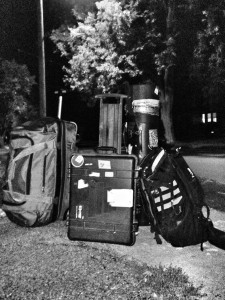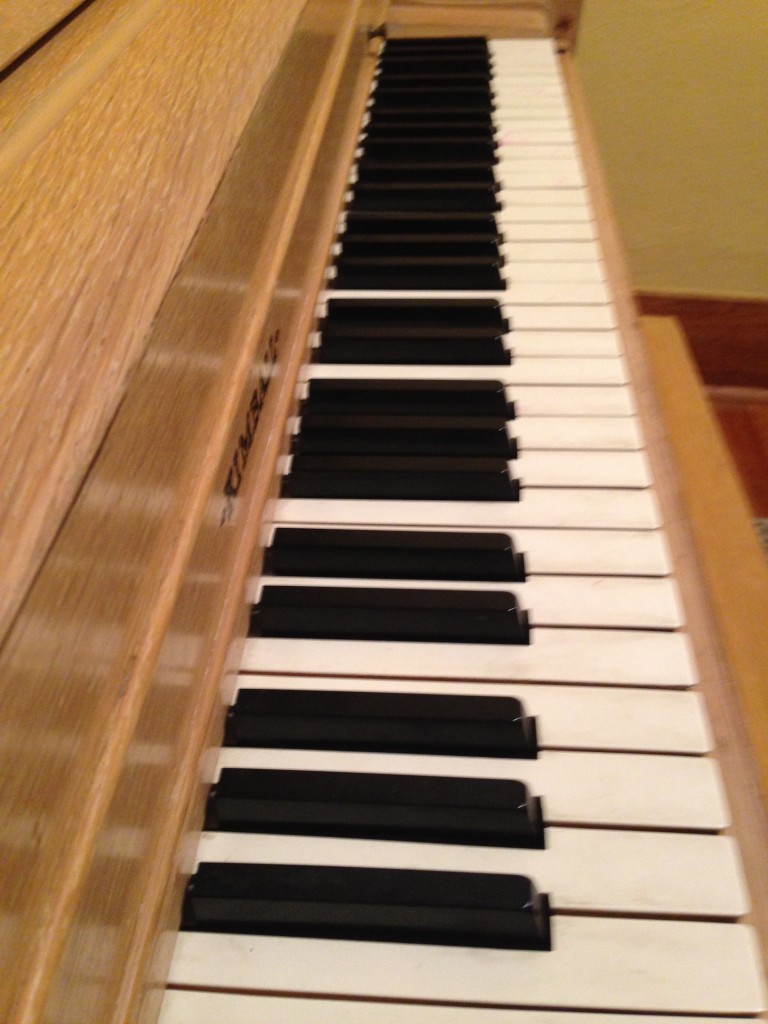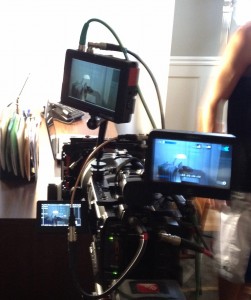IBC is wrapping up and there have been some major announcements that are taking the show. The one that I think is going to be the big winner is the new Arri Amira. This is aimed to take over the market for corporate, ENG, documentary and news shooting.

What’s Hot
The Market is currently flooded with DSLR’s like the 5D mk3, Super35mm cameras like the Sony F3, F5 and F55, and of course the RED Epic. Not to mention Arri’s flagship camera, the Alexa. All of these cameras, except the Alexa, forget one thing: ergonomics. They have all put their time and money into making sure the image is perfect, but let the balance, fit and ease of use on less-than-predictable shoots fall to the side. Now, some might say (and we would agree) that the camera doesn’t ALWAYS need to be balanced perfectly on your shoulder. If you know your style of shooting is going to involve the use of a tripod 99% of the time, then being able to quickly mount it on your shoulder probably won’t affect you too much. But if you are working on a project that involves a lot of run-and-gun-style work, a 5D or Epic with a shoulder rig quickly becomes ungainly and a huge pain to use. Usually, when you start rigging the camera with a shoulder rig, or some sort of setup to make hand held styler work easier, then you start to lose tripod functionality. It’s a catch-22 of sorts.
So, back to the Amira. Since it is aimed at the “not for theatrical release” crowd, they limit it’s ability to 2k. Which is still a great looking image. The sensor is the exact same S35 sensor used in its big brother, the Alexa, so you know the image quality will not be lacking. It will record to a few different flavors of ProRes (LT, HQ, 422 and 444), but the biggest downside is– they are making use of a new card type for this camera: CFast 2.0. As you can see, it is a very fast and robust card, but it means you won’t be able to have just one card type for your camera lineup. Not a deal breaker, but something to think about.
The Amira will be able to take everything from a PL mount lens to a more traditional broadcast style lens, and everything in between, with the use of adapters on the camera body. This is a huge advantage over the other cameras. Since the camera is built to function like an ENG camera, when you add something like a broadcast lens, it will still stay balanced. That’s thanks in part to a really cool adjustable shoulder plate on the bottom. You can’t say that about the EPIC, and definitely not about the 5D.
While we are talking about lenses, its important to note that they are adding selectable internal ND filters, so you can have a very small camera package that is able to cover a lot of ground. No need for a Matte box and a bag of filters for those shoots that require a lot of moving indoors and out. Pretty awesome!
Another really cool feature that is staging this camera to be the most sought after for tight turn shows is “in camera grading”. Being able to apply LUTs to your image is a huge time saver on the post side.
Their website states that the camera will have a very fast boot up time, indicating that between the time you switch it on and swing it on to your shoulder, it will be up and running, ready to shoot. Currently the 5D and similar DSLR’s have very fast boot up times, but the F5, 55 and RED cameras all have slightly longer boot ups. I have definitely missed one or two moments in the past waiting for my camera to boot up– not fun at all.
I can definitely see this as being the next big thing, and it will easily fly off the shelves. I see camera manufacturers like Sony and Panasonic taking a pretty big hit on their ENG lineup, as they are all still in a 2/3″ world and limited to 1080p. If the price point can stay in the sub $30k price range, I think it will have a lot of people pulling out the check books pretty quickly!
Here is a link to the website, and below is their demo reel for the new Amira:
AMIRA Showreel from ARRI Channel on Vimeo.
Our next “What’s Hot” post will be discussing RED’s new announcements at the same conference. A lot of game changers out there! What an exciting time to be in the business.




